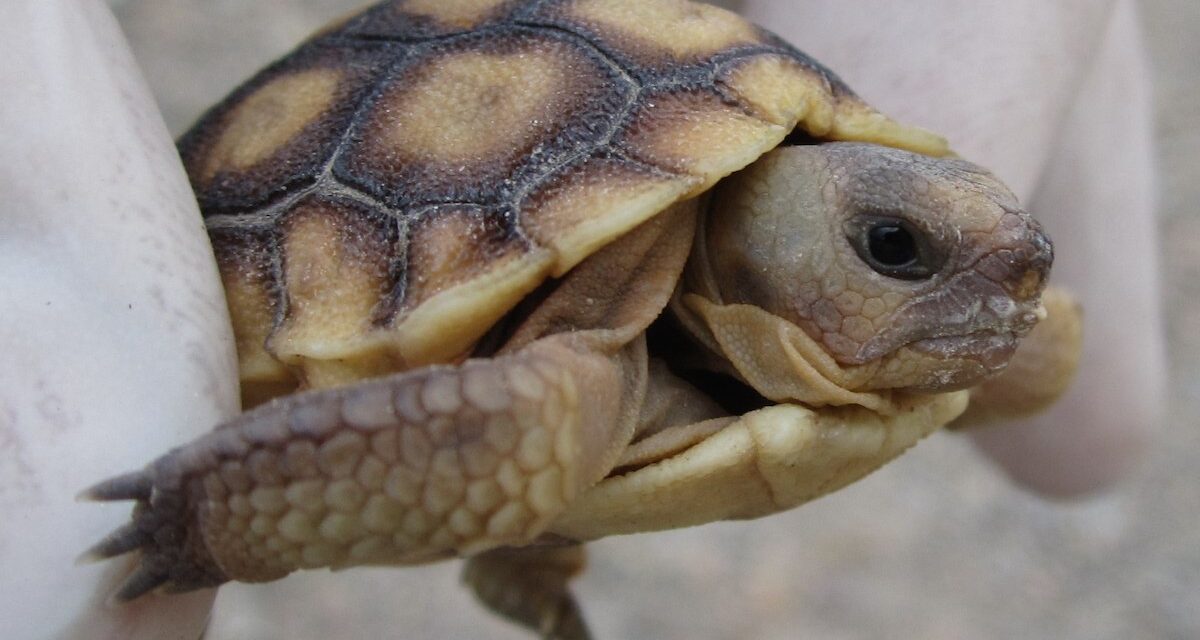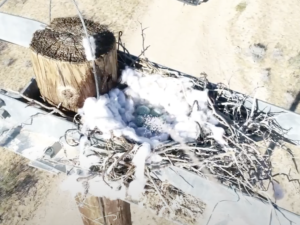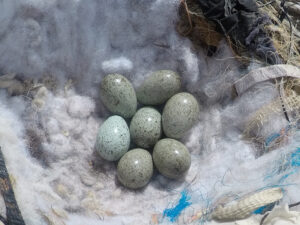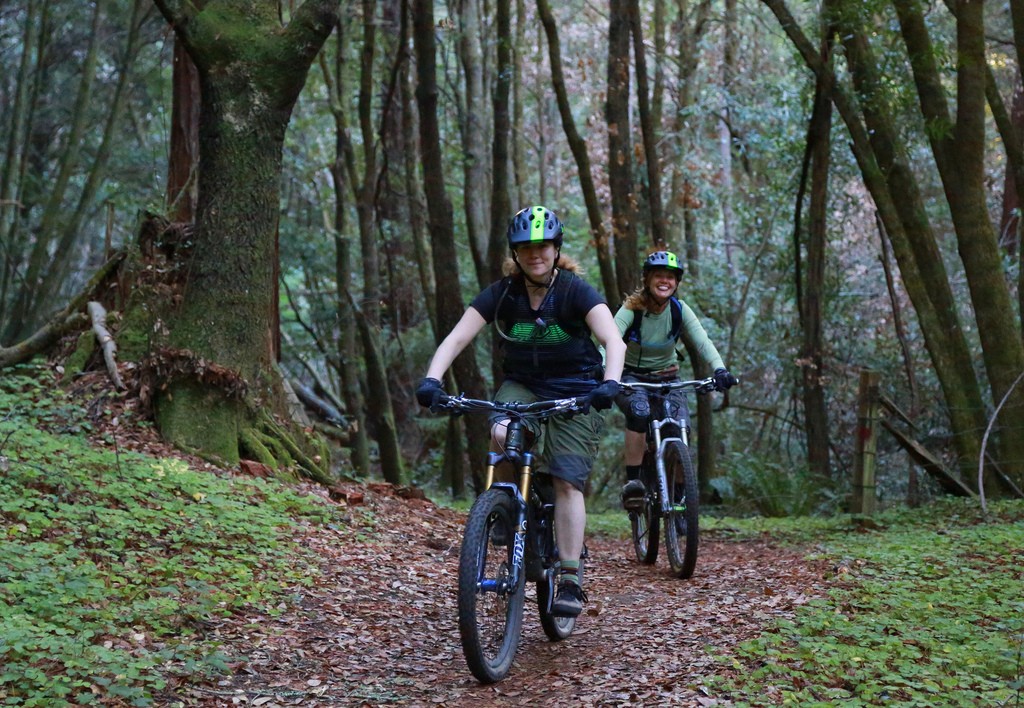- Death Valley’s Battle With Climate Extremes - 01/01/2024
- The Future of Homewood - 12/05/2023
- Kula Cloth - 10/18/2023
Field biologist Tim Shields and the effort to outsmart predatory ravens
By Leonie Sherman
“Many ravens know me as an individual, they watch me, they know I am a bad man,” Shields explains, with obvious pride. “When I make a move it’s scary to them and they flee.” His life’s work is figuring out more technologically advanced ways to repel ravens; the National Science Foundation just awarded his team a quarter of a million dollars to pursue their plans. Shields wants ravens to fear him because he loves desert tortoises.

Desert biologist and founder of Hardshell Labs, Tim Shields. Photo: Kathy Holmes
He’s been studying mortality among desert tortoises in the Mojave Desert since publication of the first Garfield comic in 1978. Their population is crashing, thanks in large part to a crafty corvid. Once rare throughout the Mojave, raven populations are rising as human presence increases. “Ravens have figured out that humans are very generous with water, food and nesting habitats,” Shields says. But ravens don’t just accept human handouts, they prey on desert tortoises, whose shells don’t fully harden until five to eight years after hatching.
Eleven years ago, Shields and a volunteer spent months on a plot and didn’t see a single live juvenile tortoise. “I’m pretty good at finding juvenile tortoises. But that season, I didn’t see small burrows, I didn’t see small tortoises,” Shields recalls. “The only live juvenile I saw was in the beak of a raven that flew by. I could actually see its legs windmilling, about 20 ft over ground.”
“That moment sort of broke me,” he admits. “Until then I had been a passive observer of the problem, but in that moment I realized I had to do something. At that point I was a Luddite, a 35 mm camera was about as complicated a tool as I wanted to handle.” Now this Luddite, who hails from a fishing village in Southeast Alaska, is up to his neck in battery-charged gadgets.
Because while many turn to bullets and poison bait to control ravens, Shields is turning to technology. “Humans are very good at generating gizmos, but we are terrible at ecosystem management,” he explains. “My journey has been to find people with expertise in technology that’s applicable to this conservation effort, learn from them, work with them, and develop devices that are useful for solving problems in this desert tortoise conservation realm.”
So he and his team at Hardshell Labs have become pioneers in techno-fixes for ecological problems. They use lasers, drones and 3D-printed juvenile tortoise models to train ravens to leave tortoises alone.
The drones are capable of applying oil to raven eggs, which prevents them from hatching. Parent ravens often devote an entire season caring for these non-viable eggs and the localized raven population begins to drop.
He and his team fire lasers from up to a mile away to keep ravens out of specific areas. “Birds have very complicated eyes with five different kinds of visual cells. Humans only have two,” explains Shields. “And lasers are extremely effective at repelling ravens. Shooting ravens with lasers never gets old, it’s amazing how satisfying it is.”
Their latest gadget is a 3D-printed model of a juvenile desert tortoise. A game camera mounted nearby filmed raven after raven approaching a prototype, flipping it over and pounding on the body with their beak. So Hardshell is weaponizing the juvenile tortoise models. The latest ones are equipped to spray synthetic grape juice. “For some reason artificial grape flavoring is highly irritating to birds, it’s like pepper spray for them,” explains Shields. “So ravens come waltzing up expecting to evicerate a baby tortoise and this thing goes off in their face!“
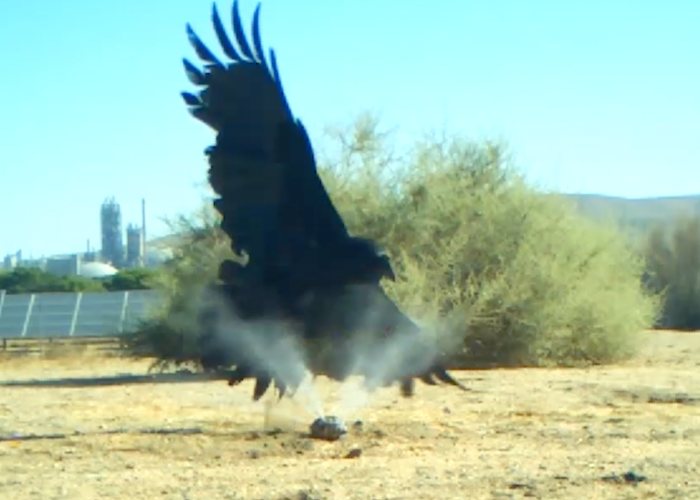
A techno-tort sprays a Raven. Photo: Cornerstone Research Group
“We are working on using ravens’ intelligence to reduce the damage they do,” he explains. “We are basically talking to them, with lasers and fake baby tortoises, and birth control, trying to tell them to go somewhere else and have their babies somewhere else. We are learning to communicate with the ravens.”
And ravens are easier to communicate with than people. “Ravens are receptive, they listen, it is in their interest to learn,” he says. “They are wild animals, they don’t have the luxury of ignoring signals from their environment.”

Ravens prey on desert tortoises, whose shells Don’t fully harden until five to eight years after hatching. Photo: © Kevin Powell images
Humans, on the other hand, have perfected failing to acknowledge the obvious. “Civilization has made us dim-witted. We have almost made an art of ignoring what is staring us in the face,” Shields continues. “History is littered with examples of us making the same mistakes again and again and again. Our civilization has bought us this immunity from paying attention.”
But our immunity is wearing off. “We have had a free ride on this planet, we’ve been happy passengers on a self driving car, more like a bus, really,” he explains. “We didn’t have to think about where is the food going to come from, where is the water going to come from, how do we maintain this ecosystem. But we started to alter fundamental aspects of the ecosystem that sustains life, and now this vehicle is hurtling towards a cliff and we have to put our hands on the wheel and operate all these complex buttons and systems. We have to learn how to drive this thing.”
“I have my doubts about humans being wise enough to run a world ecosystem,” Shields muses. “But that’s the task we have set ourselves by not paying attention and by being self-indulgent. My favorite animal on the planet is in dire danger and it’s because of us. I wish we still had the luxury of caution, but we don’t. If we want to live on a planet that still has desert tortoises, and millions of other fascinating and worthy species, we have to move really fast. We have to insert ourselves into the ecological workings of the planet. It’s going to be inconvenient, we are going to make a bunch of mistakes, but we have to do it.”
The stakes have never been higher. “Desert tortoises aren’t the ones who are really in trouble; humans are the ones who are really in trouble. My ultimate goal is to wake up our species,” confesses Shields. “We are taking our best shot at saving the earth. We think giving people joy in doing ecological good is the key to turning this ship around.”
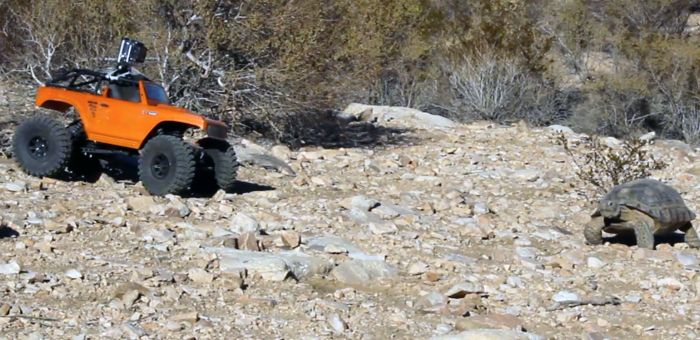
One of the guardian Angel Rovers meets a tortoise. Photo: Tim Shields
So Hardshell Labs is working on creating online games that incorporate their new technologies — shooting ravens with lasers, coating their eggs with oil and deploying decoy juvenile tortoises as weapons. Instead of alienating users from the real world, these online games would require them to engage with it. “I want to tap into that huge pool of human awareness that is the game world. Suddenly you could have hundreds and thousands of human minds engaged, a massive force multiplier,” enthuses Shields. “We sincerely believe we can wire our species back to its life support system through play.”
Main image: Ravens prey on baby desert tortoises in the Mojave desert (Tim Shields)
Read other articles by Leonie Sherman here.

